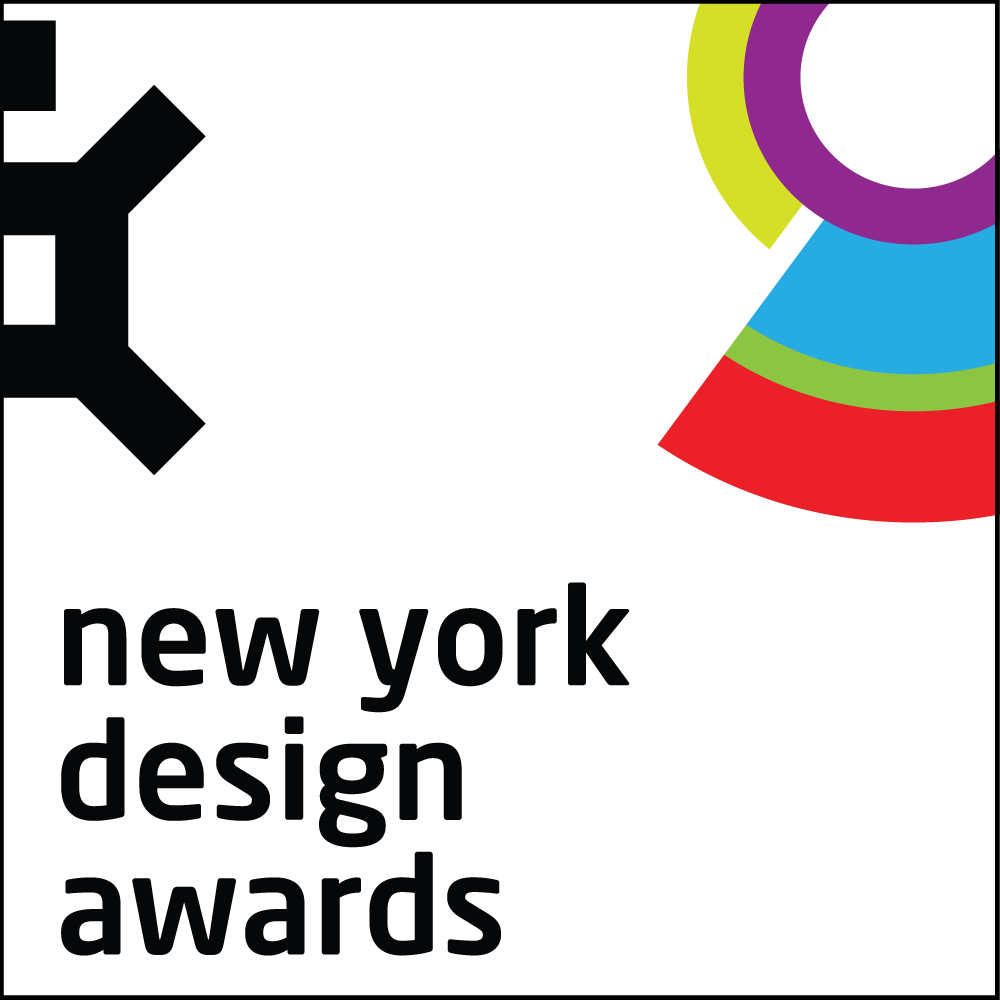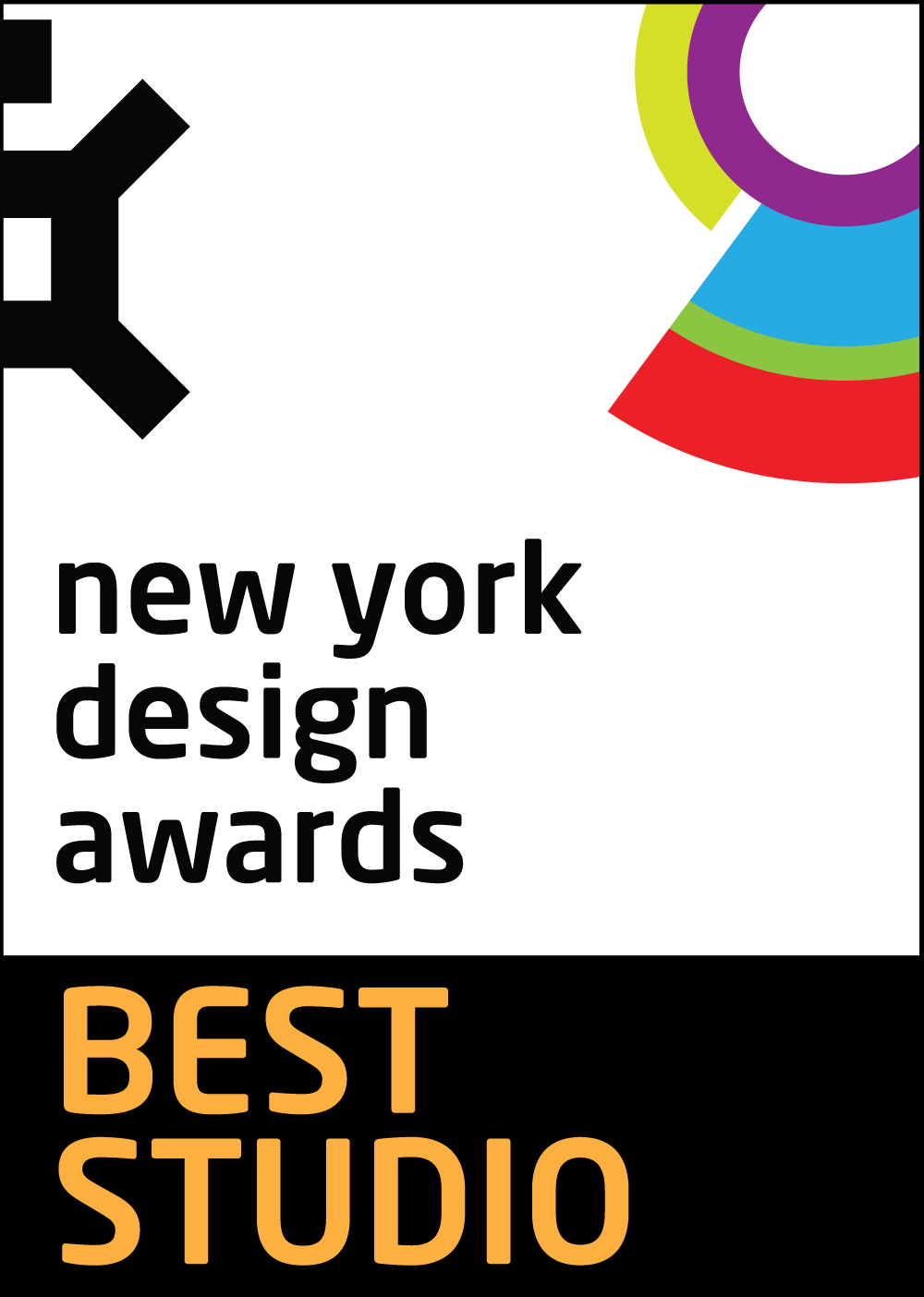






Image Credit : All photos courtesy SHoP Architects

Project Overview
Designed by SHoP Architects with Ken Smith Workshop, the new eco-park at Pier 35 will anchor the northern boundary of the East River esplanade project, providing much-needed outdoor space for the local community along the waterfront and acting as an innovative habitat restoration park.
The pier features an accordion-like design, creating the sense of a “folded” terrain. A series of landscaped lawns and dunes create a walkway, while an inclined, plant-covered folded screen wall acts as a “green” billboard to the city. Rising to a height of 35 feet and stretching over 300 feet in length, the screen wall also effectively camouflages the adjacent Sanitation Department shed at Pier 36. A raised porch with custom swings provides a place to relax and take in the views of the Brooklyn and Manhattan Bridges, and Brooklyn Bridge Park.
In addition, with a grant from the New York Department of State’s Division of Coastal Resources, Mussel Beach was created as an ecological prototype, replicating the characteristics of the historic East River shoreline. Designed specifically for mussels, the pier’s folded terrain drops down into the river, creating a gradient of sloping planes that interface with the daily rising and falling of the tides.
Project Commissioner
New York City Economic Development Corporation
Project Creator
Team
Gregg Pasquarelli AIA, Principal, SHoP Architects
Cathy E. Jones, Project Director, SHoP Architects
Jake Chandler, Associate, SHoP Architects
Ken Smith, Principal, Ken Smith Workshop
Hardy Stecker, Associate, Ken Smith Workshop
Project Brief
The East River Esplanade South is a key component in the effort to renew and revitalize Lower Manhattan. In 2004 the Department of City planning in conjunction with the NYCEDC proposed the conversion of a two-mile-long, City-owned public space along the East River into a new and much-needed park space. The design of the park aims to transform an underutilized and poorly connected waterfront into vital open-air recreation space through a series of unique reinventions at the city’s edge. The park is unapologetically urban, forgoing the picturesque traditions prevalent in other city parks in favor of embracing the site’s industrial heritage and embodying the history of New York as a working waterfront.
The design takes a systematic approach to revitalizing an area that was once overflowing with activity. View corridors and “lookouts” focus on re-connecting the city to the water, bike paths and planted areas provide continuity in what has been a broken link within the Manhattan Greenway, and the programmed spaces and open recreation areas of the park activate the waterfront year round with new cultural, community, and commercial activity. To facilitate these new programs, the East River Esplanade South carves out new park territories from previously abandoned infrastructure, turning an elevated highway into a roof for outdoor activities, redefining the street edge to reclaim public space, reconstructing a collapsed outfall to create a tidal eco-park, and transforming a parking lot with planted areas and a faceted vertical vine wall to serve as a billboard and add much-needed vegetation.
Project Innovation/Need
The East River Esplanade South, and Pier 35 specifically, will play a vital role in Lower Manhattan’s transformation into a viable and active mixed-use neighborhood. It will be a place for residents, workers, and tourists to reconnect with and enjoy New York City’s waterfront. It will be a place for leisurely weekend strolls and morning bike rides, for a quick lunch at the waterfront bar stools, for dinner in one of the new restaurant pavilions or a long afternoon sunning in the chaise lounges, or for the daily walk to the park’s dog run or exercise area. This public park builds on a rich past to turn the face of the city once more to the water and provides yet another step in the renewal of New York.
Design Challenge
Unable to be rooted in the picturesque tradition prevalent in parks around the city, instead the park seeks to embody the heritage of its long history as a working waterfront and at the same time embrace the many urban anomalies, such as the FDR Drive. In addition to the project’s location straddling the pier and major infrastructure, camouflaging the adjacent Department of Sanitation at Pier 36 required a creative solution. The folded screen wall, which mimics the rise and fall of the pier and is covered in fast-growing vines, rises to a height of 35 feet and stretches over 300 feet in length.
In addition to the project’s physical design challenges, the client group included various interests led by the Economic Development Corporation, including City Hall, the Department of City Planning, and the Parks Department. During the building phases, the DOB approvals process was done independently for each phase and required a high level of orchestration and design oversight to complete. The design review process also included review from the governing community board, sign off by the Department of Parks and Recreation, the Landmarks Preservation Commission, the Public Design Commission, Department of Environmental Protection, City Department of Transportation, and the State DOT. As with many public projects, there are numerous approvals and stakeholders. Setting a palette and project goals for the entire site helped to maintain design integrity and continuity as the project was broken down into phases and sub-projects.
Sustainability
A grant from the New York Department of State’s Division of Coastal Resources enabled SHoP and Ken Smith Workshop to incorporate Mussel Beach into the design of Pier 35. Created as an ecological prototype and replicating the characteristics of the historic East River shoreline, the pier’s folded terrain drops down into the river, creating a gradient of sloping planes that interface with the daily rising and falling of the tides. The habitat feature was designed specifically for mussels, with sloping precast concrete surfaces, textures, and rockeries in the tidal zone. The pre-cast concrete and boulders used to create the mussel habitat were sourced from Champlain Stone, Inc. in upstate New York. In addition to the mussel habitat, and as a response to the local community board and residents who stated that sustainability was an important feature in the design of Pier 35, SHoP and Ken Smith Workshop have created the largest green wall in the city, acting as a sustainable billboard along the East River Waterfront, and masking the Department of Sanitation directly behind the pier.
Architecture - Public and Institutional
This award celebrates the design process and product of planning, designing and constructing form, space and ambience that reflect functional, technical, social, and aesthetic considerations. Consideration given for material selection, technology, light and shadow.
More Details


